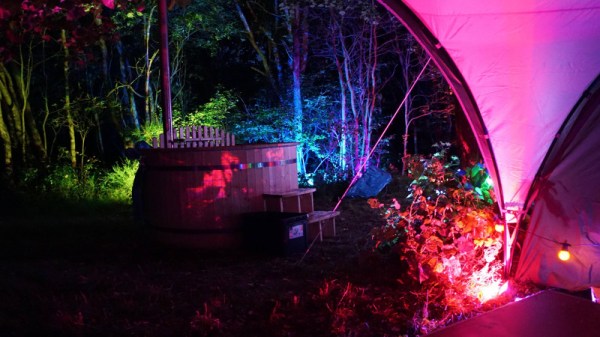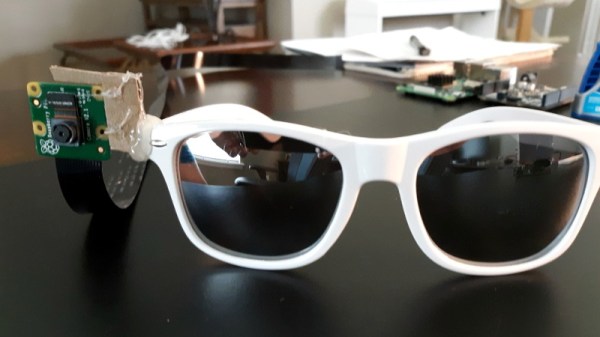Keeping a cat as a pet can be rewarding, but it’s always important to consider how to handle the mess – and we’re not just talking about the tea cups pushed off tables here. To handle just this task, [Igor] decided to hook his cat litter box up to the internet of things.
Monitoring the litter box brings several useful advantages. Load cells enable the weight of the litter tray to be monitored, allowing sand levels and the weight of the cats to be checked at regular intervals. Additionally, a door sensor keeps a record of comings and goings, giving an idea of how frequently the box has been used, and whether or not it may be time for cleaning. It’s all powered by an ESP32, hooked up to the Thingspeak platform. This allows for easy graphing and analysis of the data collected from the system. The electronics is then neatly installed in an attractive two-tone 3D printed enclosure with a pleasing cat motif.
It’s a great example of using some cheap off-the-shelf parts to ease the regular tasks of daily life. Building your own gear can be beneficial too, especially when Big Litter implements DRM on their hardware.
























